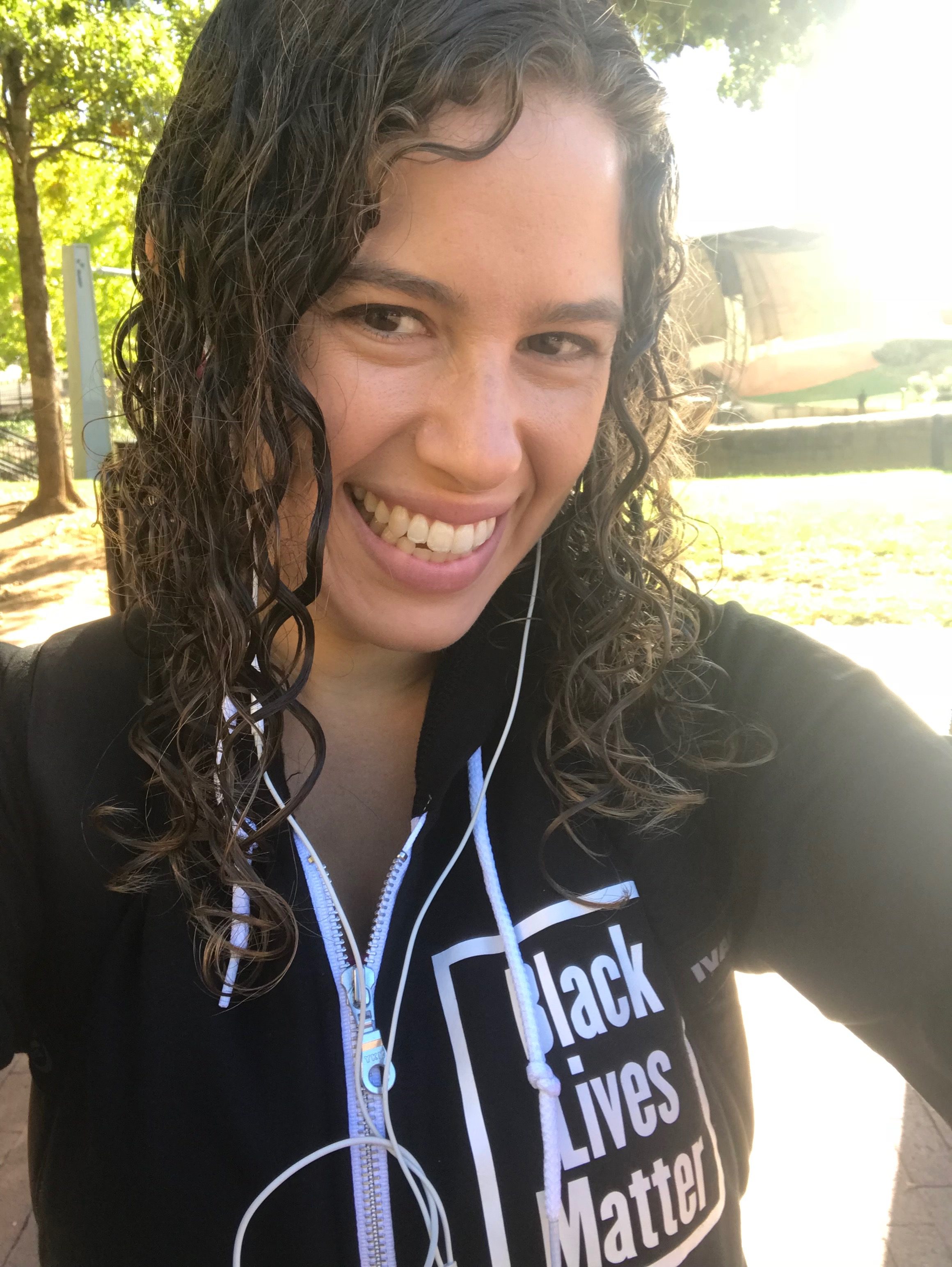This piece was originally posted on May 3, 2018 with the Society for Research on Adolescence.
Adolescents learn about themselves, their bodies, and how to be a person in the world in many ways — from each other, from their families and schools, and also from popular culture. While most of these sources of influence can be facilitated intentionally by parents and educators, what happens in popular media cannot be controlled. However, parents and educators and other people supporting the positive development of adolescents can take an active role in helping young people understand and navigate the impact of popular media. To contribute to that process, this blog post examines one aspect of sexism in popular media: sexual objectification.
Sexual objectification of women means treating women as sexual objects. Sexual objectification is when people are treated more like things (as in, physical objects) than as people who are complicated cognitive social emotional human beings. Focusing on parts of a body is one example of something that is sexually objectifying; another example is presenting bodies as interchangeable.
The American Psychological Association (APA) Task Force on the Sexualization of Girls released a 2007 report about the impacts of media that sexually objectify women and girls. This report lead to further research in communications, cognitive psychology, human sexuality development, and other interrelated disciplines. Dr. Monique Ward then authored a review of the empirical research on this topic published 1995-2015.
Ward reviewed empirical studies published from 1995 to 2015 that identify effects of exposure to sexually objectifying media, through experimental lab studies or through everyday life. In Ward’s review, she found that exposure to sexually objectifying media can contribute to:
- Self objectification: When people perceive or treat themselves as sexual objects. (How do I look? What will others think when they see me? Do I measure up?)
- Body dissatisfaction: Endorsement of a cultural body ideal dissonant with how people see themselves, that makes people unhappy about their own bodies (although idealized body standards may vary cross-culturally)
- Sexist beliefs: Seeing women as less than human, seeing women as interchangeable, erasing women’s inner lives (e.g., thoughts and feelings), and having negative judgments of sexualized people.,
- Tolerance of violence against women: Blaming women for their own sexual victimization. Expressing attitudes that support rape and sexual harassment and actually engaging in sexual or gender-based harassment.
- Objectified sexual experiences: Boys exposed to sexually objectifying media are more likely to focus on the body size and shape of girls they want to date and are more anxious about their own appearance. Youth of all genders may be more self-conscious of their body while engaging in sexual activity.
How prevalent is sexual objectification? Ward reported that sexually objectifying portrayals have been found for:
- 45.5% of young adult female characters on prime-time television
- 50% of female cast members on reality programs
Knowing these potential effects of sexual objectification in media can equip teenagers to better critique and resist the media they consume. Furthermore, teenagers need to be aware that watching a movie or following a television series is not a benign hobby — everything we do shapes our experience of ourselves and others. Sexual objectification is just one of the many ways the impact of sexist media could be considered. There are other forms of sexualization discussed in the APA report, as well as other aspects of sexual scripts, toxic gender norms, and rape culture to consider.
Young people can also use this information to advocate for change. They can choose to support the Hollywood actresses naming their own experiences of sexual assault behind the screens through #MeToo and saying #TimesUp on sexism in the entertainment industry, both on screen and off. They can advocate for educational opportunities to help buffer the effects of pervasive sexism and sexual objectification, such as ways to build media literacy skills and ways to access comprehensive sexual health education that can strengthen their development of embodied sexual agency. They can also choose to support shows with complex, agentic characters like the Black teenage girl scientist-heroes Meg and Shuri in A Wrinkle in Time and Black Panther, respectively. Youth themselves can make choices about what messages they are exposed to and how they respond to those messages.
Note: The literature on sexual objectification for the most part takes a binary approach to gender, assessing the impact of sexualized media on girls or boys, often within a heterosexual framework. More research is needed to understand the impact of sexual objectification in media for queer youth, trans youth, and youth with non-binary gender identities. Furthermore, a growing body of literature addresses intersections of gender and race, for example, in how feminine and masculine body ideals and physical desirability itself is strongly racialized within the context of American popular culture that idealizes Whiteness.

One thought on “5 Ways Sexual Objectification in Mainstream Media can Impact Adolescent Viewers”
Comments are closed.